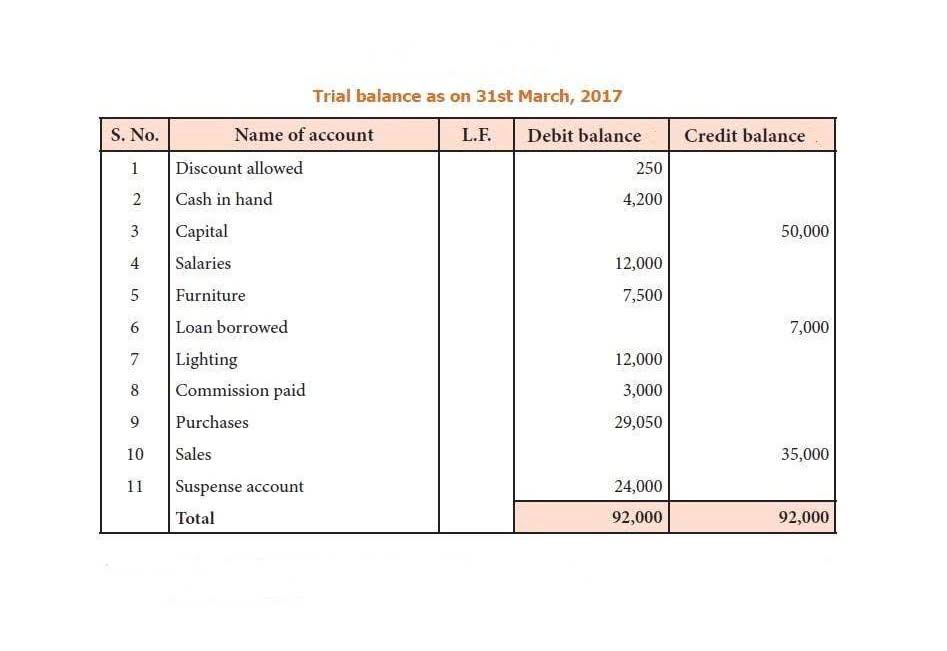
During the growth phase of the business, the management may be seeking new strategic partnerships that will increase the company’s dominance and control in the market. On the other hand, if you have net income and a good amount of accumulated retained earnings, you will probably have positive retained earnings. If you are a new business and do not have previous retained earnings, you will enter $0. And if your previous retained earnings are negative, make sure to correctly label it. The company posts a $10,000 debit to cash (an asset account) and a $10,000 credit to bonds payable (a liability account). Regularly assess your retained earnings in the context of your business objectives and shareholder needs, perhaps with the help of financial advisors.
Video Explanation of Retained Earnings

Retained earnings, on the other hand, specifically refer to the portion of a company’s profits that remain within the business instead of being distributed to shareholders as dividends. Revenue, net profit, and retained earnings are terms frequently used on a company’s balance sheet, but it’s important to understand their differences. When a company consistently experiences net losses, those losses deplete its retained earnings. Prolonged periods of declining sales, increased expenses, or unsuccessful business ventures can lead to negative retained earnings.
Revenue vs. Retained Earnings: An Overview
- This allocation does not impact the overall size of the company’s balance sheet, but it does decrease the value of stocks per share.
- Both the beginning and ending retained earnings would be visible on the company’s balance sheet.
- Retained earnings are also known as accumulated earnings, earned surplus, undistributed profits, or retained income.
- As a result, the retention ratio helps investors determine a company’s reinvestment rate.
- When lenders and investors evaluate a business, they often look beyond monthly net profit figures and focus on retained earnings.
- Retained earnings are a portion of a company’s profit that is held or retained from net income at the end of a reporting period and saved for future use as shareholder’s equity.
Revenue sits at the top of the income statement and is often referred to as the top-line number when describing a company’s financial performance. When a company generates net income, it is typically recorded as a credit to the retained earnings account, increasing the balance. In contrast, when a company suffers a net loss or pays dividends, the retained earnings account is debited, reducing the balance.
What Is Retained Earnings?
- Discuss your needs with your accountant or bookkeeper, because the statement of retained earnings can be a useful tool for evaluating your business growth.
- As an investor, one would like to know much more—such as the returns that the retained earnings have generated and if they were better than any alternative investments.
- Revenue and retained earnings are correlated since a portion of revenue ultimately becomes net income and later retained earnings.
- This is the net profit or net loss figure of the current accounting period, for which retained earnings amount is to be calculated.
- The statement of retained earnings is a financial statement entirely devoted to calculating your retained earnings.
- Other comprehensive income includes items not shown in the income statement but which affect a company’s book value of equity.
- In between the opening and closing balances, the current period net income/loss is added and any dividends are deducted.
Revenue and retained earnings provide insights into a company’s financial performance. It reveals the “top line” of the company or the sales a company has made during the period. Retained earnings are an accumulation of a company’s net income and net losses over all the years the business has retained earning credit or debit been operating. Retained earnings make up part of the stockholder’s equity on the balance sheet. Prior period adjustment is made when there is an error in prior period financial statements or the company changes the accounting standard or policy that requires the retrospective adjustment.
Retained Earnings
Stock dividends, on the other hand, are the dividends that are paid out as additional shares as fractions per existing shares to the stockholders. If an investor is looking at December’s financial reporting, they’re only seeing December’s net income. But retained earnings provides a longer view of how your business has earned, saved, and invested since day one. Retained earnings provide a much clearer picture of your business’ financial health than net income can. If a potential investor is looking at your books, they’re most likely interested in your retained earnings.

What Is the Difference Between Retained Earnings and Dividends?
For investors and financial analysts, retained earnings are essential since they offer in-depth insights into a company’s long-term growth potential. A company with a high level of retained earnings indicates that it has been able to generate consistent profits, which can be used for reinvestment in the business or to fund future growth opportunities. Learn how to find and calculate retained earnings using a company’s financial statements. To calculate retained earnings, you need to know your business’s previous retained earnings, net income, and dividends paid.

The retained earnings amount can also be used for share repurchase to improve the value of your company stock. When it comes to investors, they are interested in earning maximum returns on their investments. Where they know that management has profitable investment opportunities and have faith in the management’s capabilities, they would want management to retain surplus profits for higher returns. In this article, you will learn about retained earnings, the retained earnings formula and calculation, how retained earnings can be used, and the limitations of retained earnings. Up-to-date financial reporting helps you keep an eye on your business’s financial health so you can identify cash flow issues before they become a problem.

Who Uses the Statement of Retained Earnings
